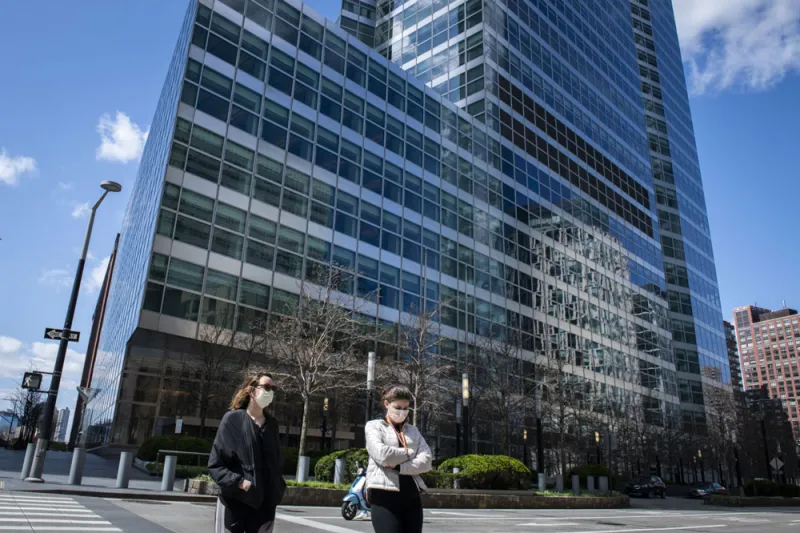Just months after the head of Goldman Sachs Group’s outsourced chief investment officer business left the firm, the financial markets plunged.
The coronavirus pandemic and resulting market volatility could have spelled trouble for Greg Calnon, the new global head of Goldman Sachs Asset Management’s global portfolio solutions group.
Instead, for Goldman’s OCIO composite, the first quarter of 2020 was one of the best in the past ten years, Calnon said by phone Wednesday.
Calnon, who has been with the firm since 2001, stepped into his new role after Kane Brenan, who spent more than two decades at Goldman, stepped down in October 2019 to be closer to family in Pennsylvania. Brenan started in his new role as president at TIFF Investment Management in April.
“In terms of the transition, it was smooth,” Calnon said. “It wasn’t a tremendous learning curve because I knew generally how things worked.”
He added that the economic crisis sped up the transition, as the team rushed to ensure investments were working as expected and clients felt as though they were receiving accurate and timely information. The OCIO team began sending out individual market updates to clients daily and saw a 300 percent uptick in engagement on an online platform for OCIO clients in March, Calnon said.
Through 2019, Calnon and his team worked to “refine” clients’ asset allocations, removing some of the higher-risk parts of their portfolios.
“We weren’t necessarily predicting a pandemic, but those changes were definitely beneficial to this period of time,” Calnon said.
According to Calnon, the OCIO team had tail-risk hedges in many portfolios that were monetized during the crisis. A tail-risk hedge is an investment made to protect a portfolio during a downturn, usually by using derivatives that profit when stocks fall.
These investments have recently become the topic du jour in investment circles: pension giant CalPERS unwound its tail-risk hedge just before the crisis unfolded, and AQR’s Cliff Asness and The Black Swan author Nassim Taleb sparred on Twitter over the strategy on Wednesday.
Calnon’s colleague, Tim Braude, the co-head of the OCIO business, said that one of the things the crisis has made evident is that “from an interest rate and liability hedging position, derivatives have an important position in the portfolio.”
During the 2008 financial crisis, derivatives were the source of problems for many institutions, according to Braude. However, with the advent of exchange-cleared derivatives, there is more safety in the market now, he added.
“Having the right hedging was a significant ballast to the portfolio during this time,” Braude said, noting that for many of the firm’s OCIO clients, that meant including interest-rate hedging derivatives in their portfolios.
Although these hedges did not produce excess returns, they did help Goldman’s clients preserve funded status: according to Braude, Goldman’s clients saw a three percent decline in funded status, as compared with the nine percent drop observed in model pension plan portfolios.
“It took us time to work them into most client portfolios,” Braude said of the derivatives strategies. “Many that started with simple portfolios and hired us as an OCIO weren't ready on day one to add these more complicated instruments to the portfolio.”
The firm also tinkered with its OCIO portfolios as the crisis unfolded, going underweight equities and overweight fixed income relative to benchmarks during February, March, and April, he said.
As the dust settles in the market, Calnon said Goldman is starting to consider what investment opportunities are available to clients. He said the firm sees potential in private equity, distressed assets, and structured credit.
[II Deep Dive: How One OCIO Firm Is Putting Money to Work in a Down Market]
Goldman’s OCIO team is also increasing its focus on being nimble, according to Braude.
“Given how swift the drawdown was and how quick the recovery was, it became clear that if you don’t have someone who is paying attention to this all the time, you could have caught yourself on the wrong side of those situations,” Braude said.
And Goldman, he added, is seeing that bear out, as the OCIO business has seen a “material” increase in new client inquiries.
“Not every OCIO made it through the crisis in the same fashion,” Braude said. “There have been cases where organizations are disappointed with their results. We're seeing some of them come back to the market.”







